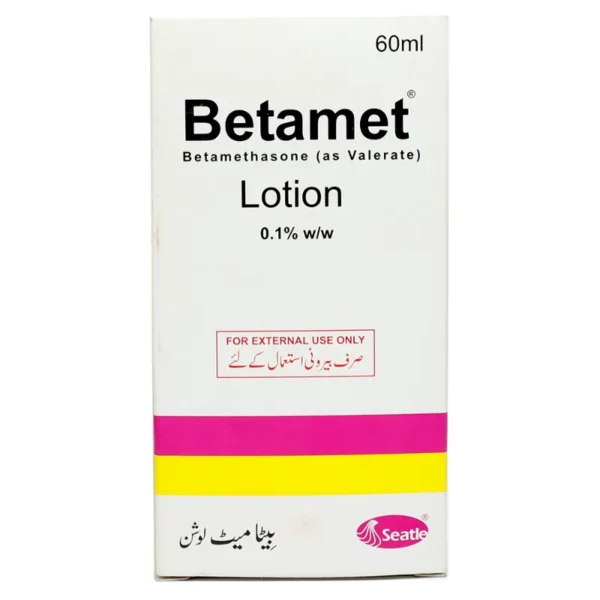-
Courier delivery
Our courier will deliver to the specified address
2-7 Days
Free
-
DHL Courier delivery
DHL courier will deliver to the specified address
15-30 Days
Free
Up to 95% off
Free delivery
All Clear for Yours Needs
 Betamet Lotion (betamethasone valerate) is a corticosteroid used to treat inflammatory skin conditions, offering relief from redness, swelling, and itching. While it is effective for short-term use, caution should be exercised to avoid long-term use due to potential side effects like skin thinning, adrenal suppression, and delayed wound healing.
Betamet Lotion (betamethasone valerate) is a corticosteroid used to treat inflammatory skin conditions, offering relief from redness, swelling, and itching. While it is effective for short-term use, caution should be exercised to avoid long-term use due to potential side effects like skin thinning, adrenal suppression, and delayed wound healing.
Hurry and get discounts on all Apple devices up to 20%
Sale_coupon_15
₨0.00
Our courier will deliver to the specified address
2-7 Days
Free
DHL courier will deliver to the specified address
15-30 Days
Free
Payment Methods:
Betamet Lotion (betamethasone valerate) is used for the treatment of inflammatory and allergic skin conditions, including:
Out of stock
No account yet?
Create an Account
Reviews
Clear filtersThere are no reviews yet.